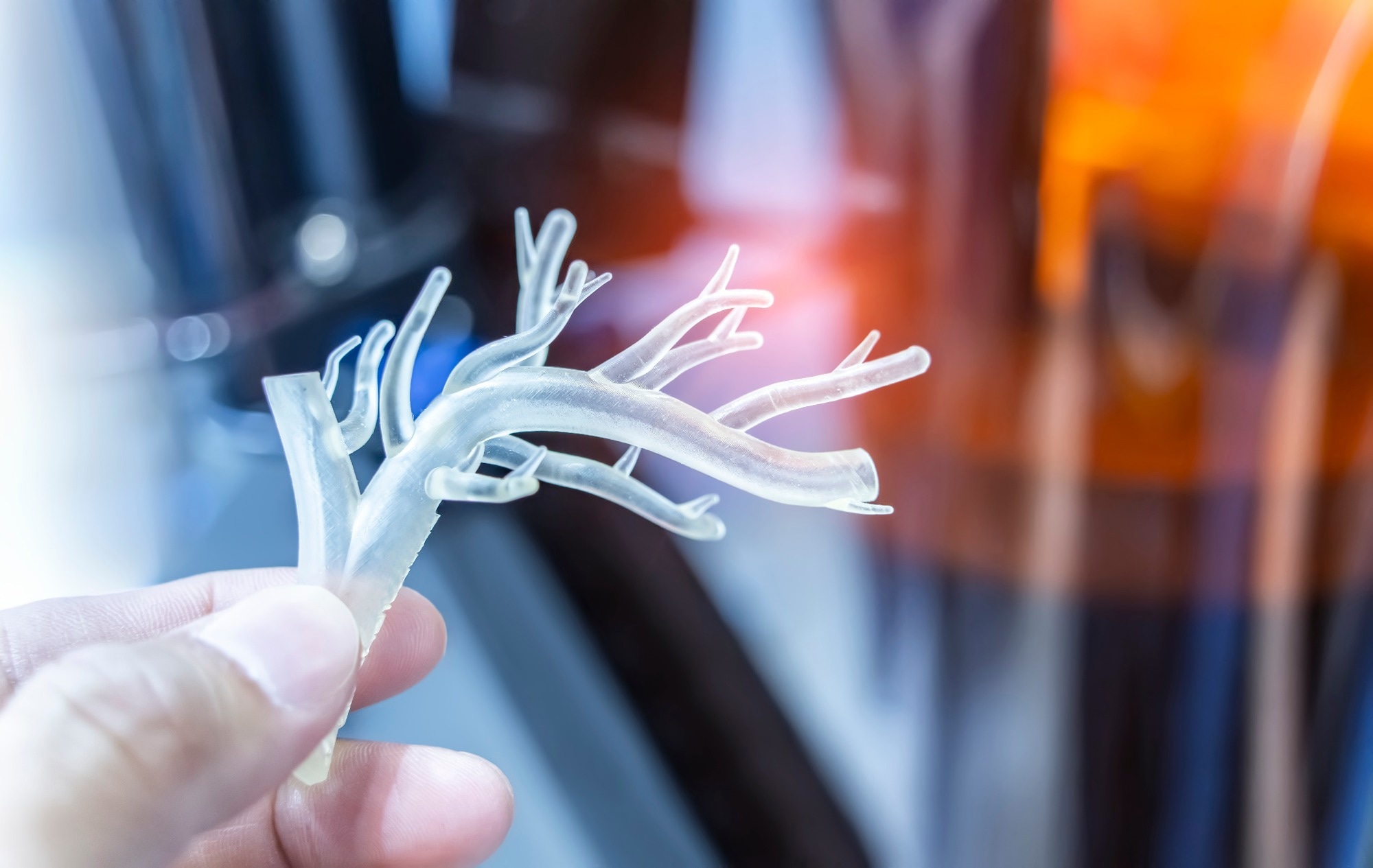Reviewed by Lexie CornerMay 29 2025
Cardiovascular diseases are linked to aging in the inner layers of blood vessels. Researchers at the University of Zurich (UZH) have shown for the first time that gut bacteria and the substances they produce can directly contribute to this aging process. As people grow older, the types of bacteria in their gut change, leading to fewer helpful compounds and more harmful ones in the body.
Image Credit:asharkyu/Shutterstock.com
Cardiovascular disease is the leading cause of death worldwide. Even when common risk factors like high blood pressure or diabetes are treated, the disease still progresses in about half of all cases, especially among older adults. The UZH team’s findings suggest that gut bacteria and their byproducts may speed up blood vessel aging and play a role in the development of heart disease.
Phenylacetic Acid Triggers Cell Aging
The human body contains between 30 and 100 trillion microbes, most of which live in the intestines. These gut bacteria help break down the food we eat and produce substances that affect various body functions.
Half of these substances have not yet been recognized.
Soheil Saeedi, Group Leader, University of Zurich
A research team at the Center for Translational and Experimental Cardiology is studying whether aging affects the heart and blood vessels by changing the makeup of the gut microbiota.
Using data from over 7,000 healthy adults aged 18 to 95, along with a mouse model of aging, the researchers found that a compound called phenylacetic acid - a byproduct of the amino acid phenylalanine - increases with age.
The team, led by Saeedi, showed through a series of studies that phenylacetic acid causes endothelial cells (which line blood vessels) to stop dividing, release inflammatory substances, and take on characteristics of aging cells. This process, known as senescence, leads to stiffening of blood vessels and reduced function.
Responsible Bacterium Found
The researchers identified a bacterium called Clostridium sp. ASF356 that can convert the amino acid phenylalanine into phenylacetic acid. This discovery was made through a detailed bioinformatic analysis of gut microbiome data from both mice and humans.
When young mice were given this bacterium, their levels of phenylacetic acid increased, and they began to show signs of blood vessel aging. However, when the bacteria were eliminated using antibiotics, the levels of phenylacetic acid in the body dropped.
Saeedi added, “We were thus able to show that the intestinal bacteria are responsible for the increased levels.”
The Body’s Own Fountain of Youth
The gut microbiome also produces substances that support blood vessel health. One example is short-chain fatty acids like acetate, which are created in the colon when dietary fibers and polysaccharides are broken down. These compounds act as natural rejuvenators for the body.
In lab tests, the researchers showed that adding sodium acetate could restore the function of aging endothelial cells, which line the inside of blood vessels. They also found that the number of gut bacteria that produce these beneficial compounds decreases with age.
“The aging process of the cardiovascular system can therefore be regulated via the microbiome,” asserted Saeedi.
His team is now studying which diets can positively influence the complex relationship between gut bacteria and human health. Foods high in fiber and those with antioxidant or anti-inflammatory properties appear to support the body’s natural protective functions.
In contrast, to slow vascular aging, it may help to limit foods and drinks high in phenylalanine, such as red meat, dairy products, and some artificial sweeteners. The researchers are also exploring drug treatments to reduce phenylacetic acid levels in the body. Early studies using genetically modified bacteria to block the production of phenylacetic acid have shown encouraging results.
Source:
Journal reference:
Saravi, S. S. S., et al. (2025) Gut microbiota-dependent increase in phenylacetic acid induces endothelial cell senescence during aging. Nature Aging. doi.org/10.1038/s43587-025-00864-8.